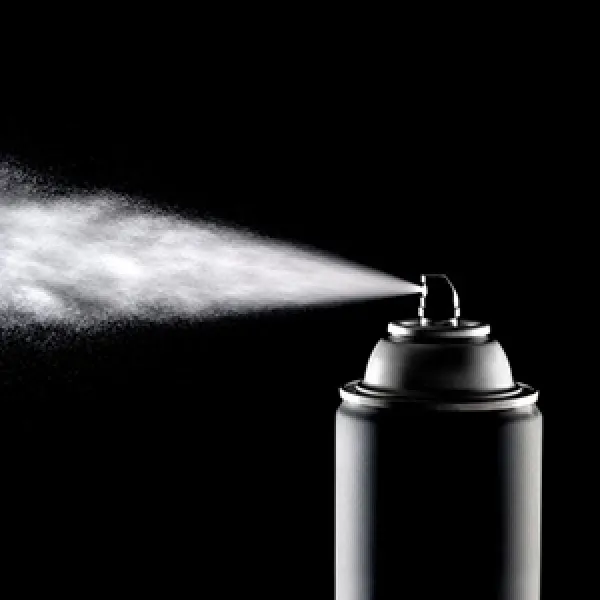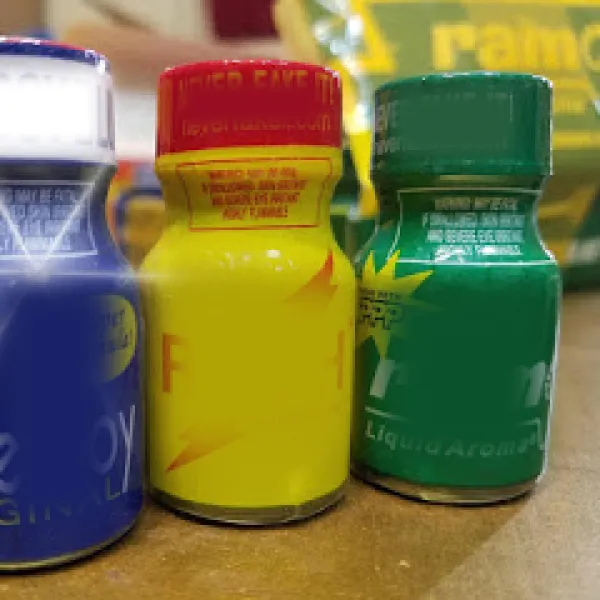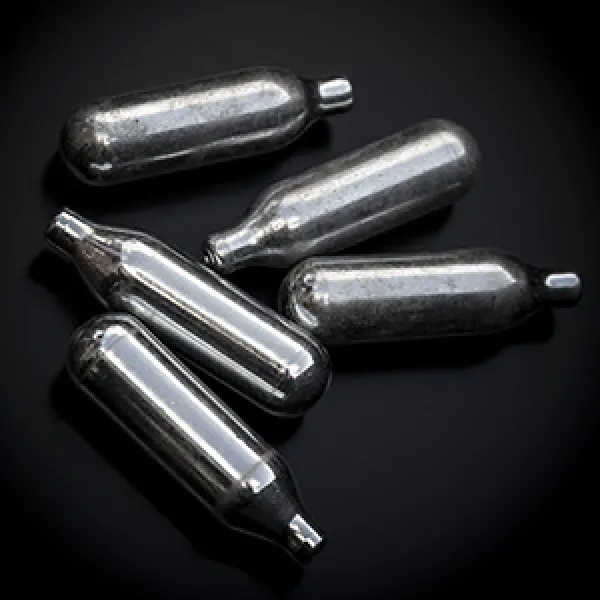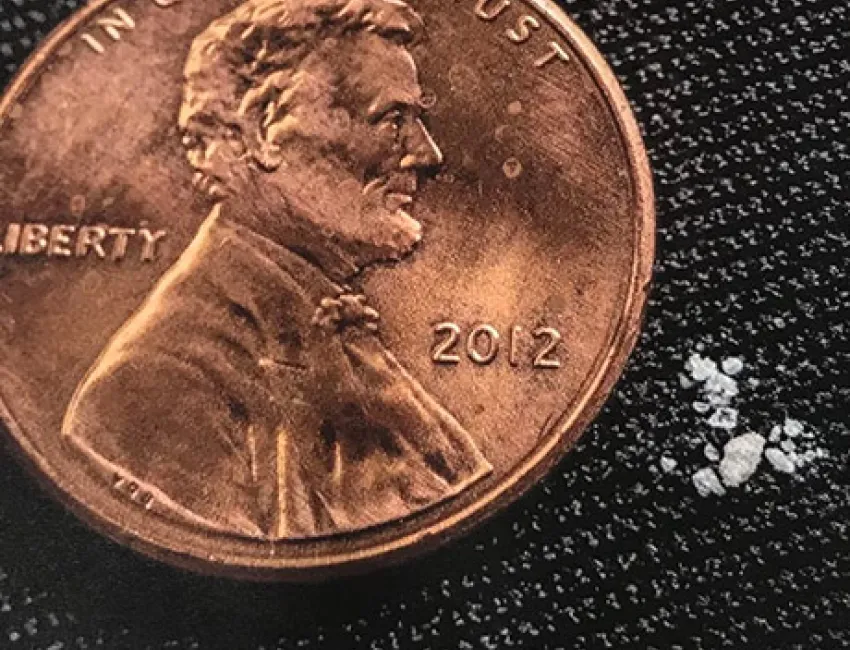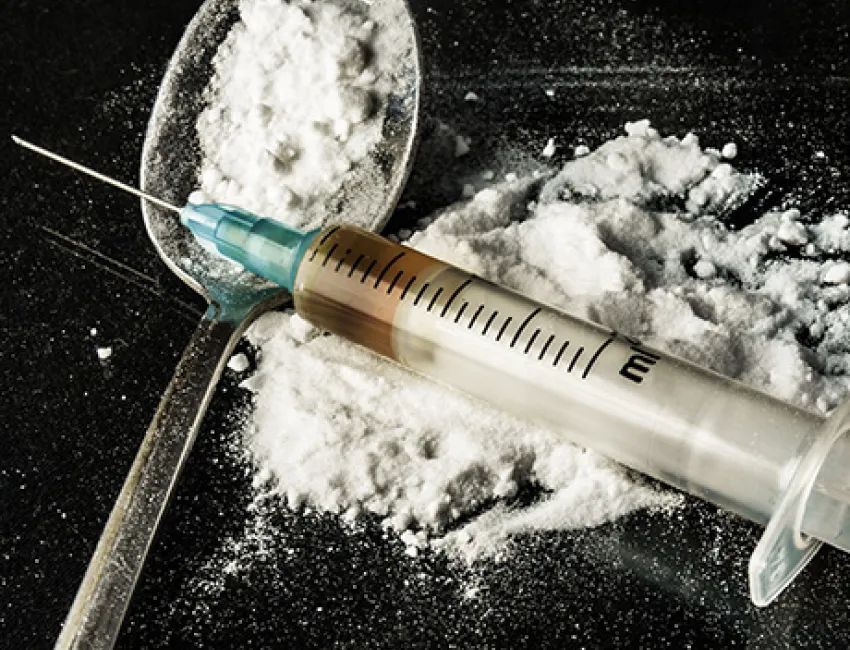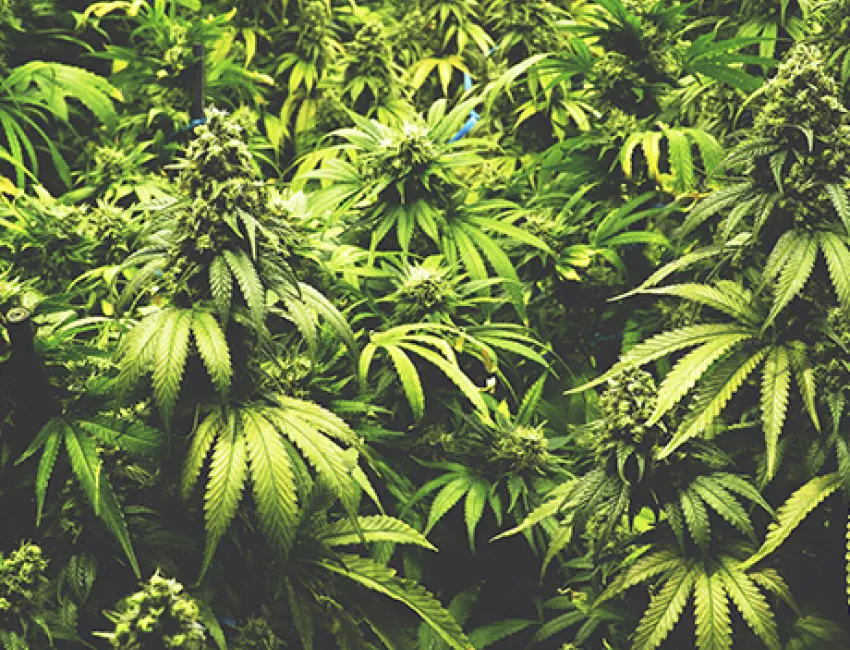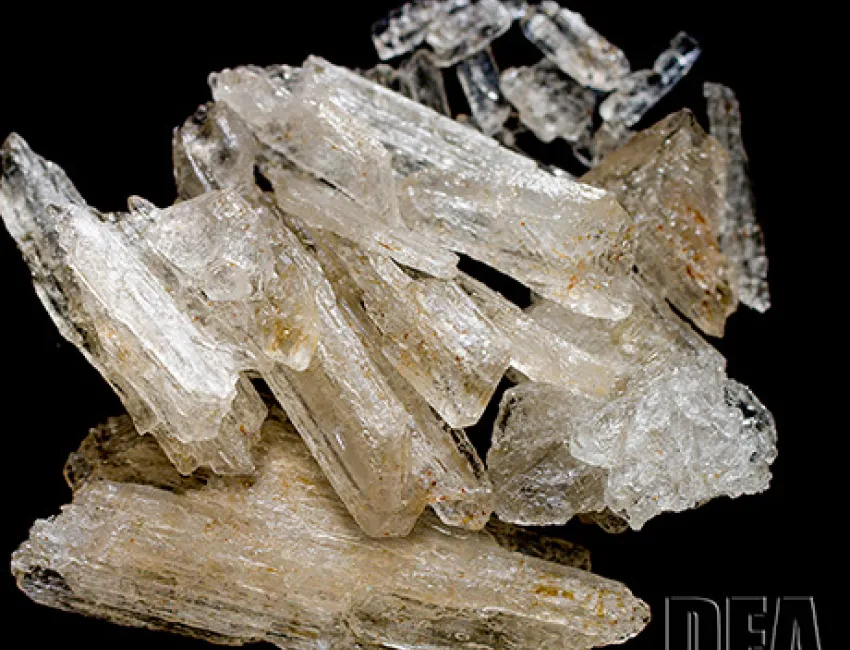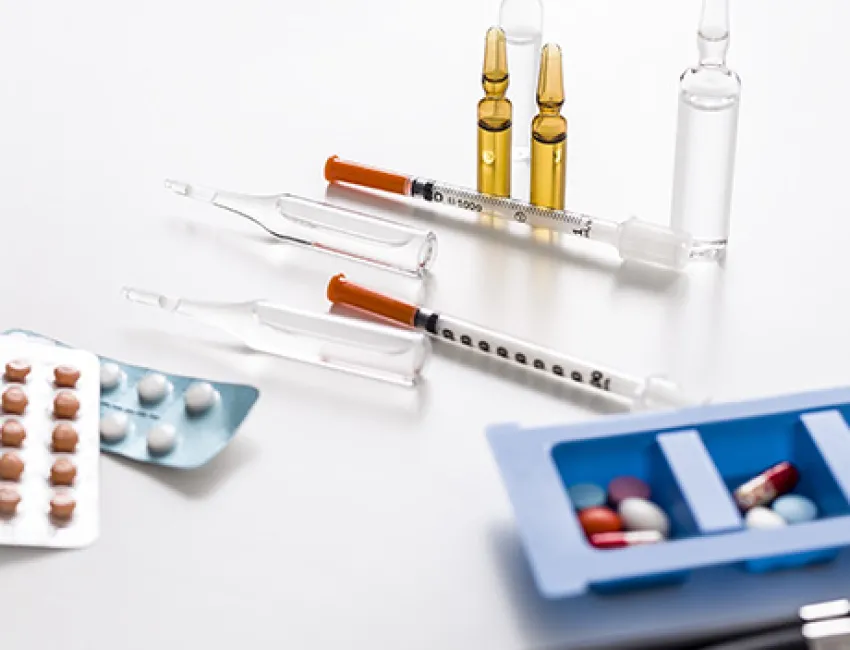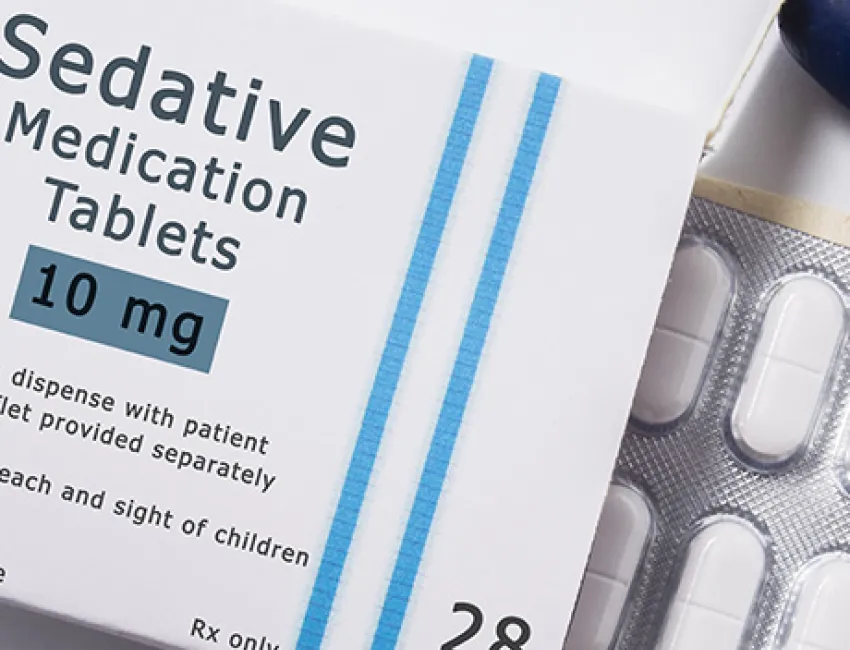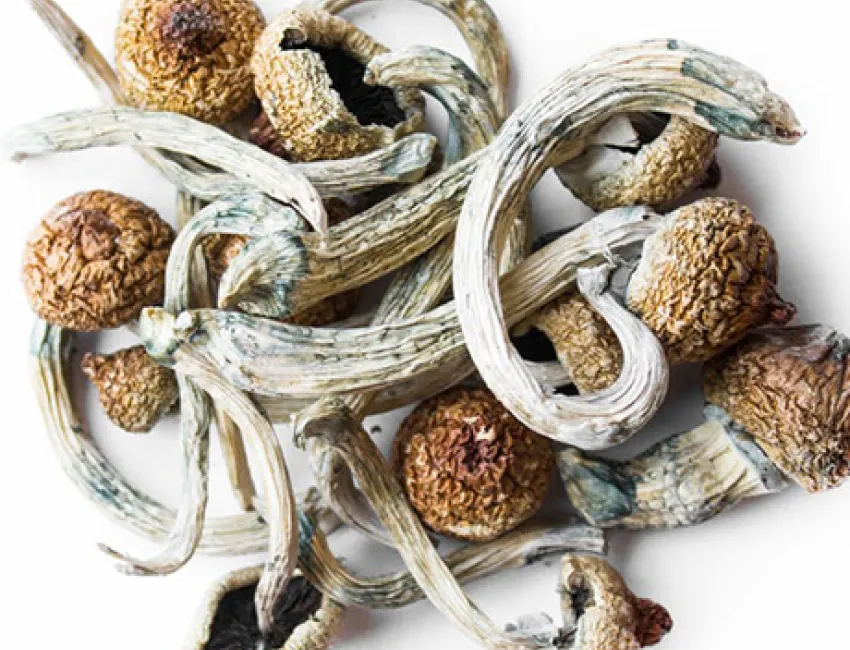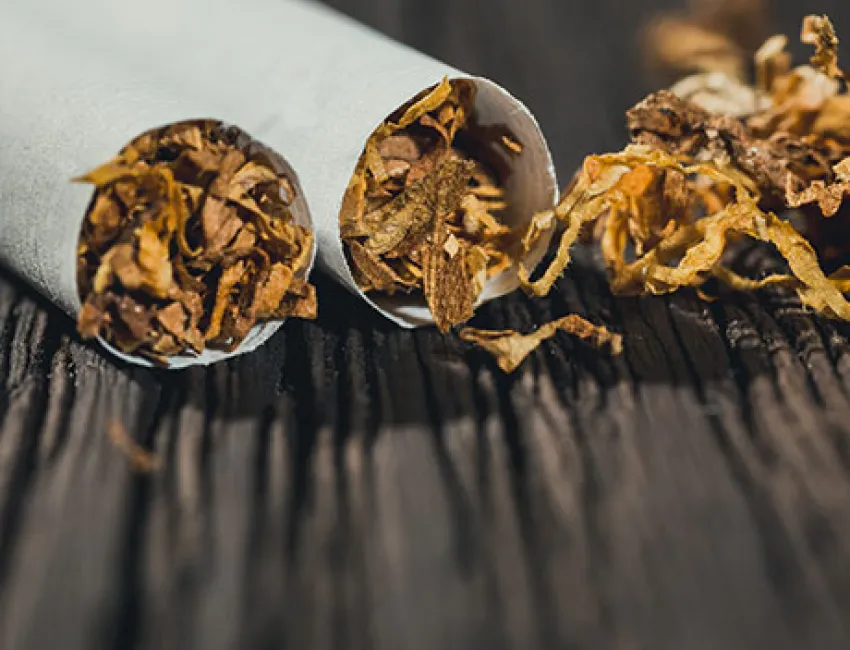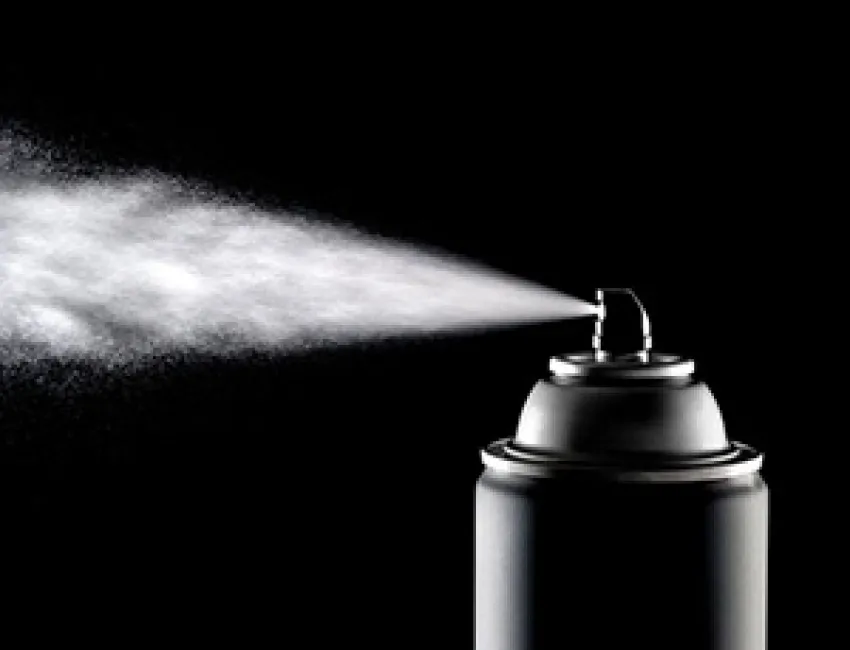
What exactly is inhalants, and why has it become such a big topic? Understanding the facts helps you cut through all the noise and mixed messages.
Inhalants are substances that produce chemical vapors that can be inhaled to induce a psychoactive, or mind-altering, effect.
Although other abused substances can be inhaled (like cocaine), the term "inhalants" is used to describe a variety of substances whose main common characteristic is that they are rarely, if ever, taken by any route other than inhalation. The three types of vapor substances that are commonly abused are described below.2,3 Notably, the household items that may be easier to obtain are also the inhalants that can cause the most damage.
(aka Snotballs, Nangs, bulbs, glue, gas, sniff, huff)
When "huffed," household items, such as paint removers and thinners, ink, spray paints, nail polish and remover, can produce a gas that depresses the central nervous system in a manner similar to alcohol. The fumes go straight to your brain, increasing blood flow and interfering with the communication between nerve cells, causing lack of coordination and disorientation. The most toxic of all the inhalants, solvents are extremely damaging to the heart and can cause "sudden sniffing death syndrome (SSDS)."4 SSDS is heart failure resulting from an irregular heartbeat usually caused by stress or strenuous activity after using inhalants.5
(aka Aimies, Bolt, Bullet, Poppers, Quicksilver)
Nitrates are tiny pills that are meant to be inhaled in order to provide immediate pain relief to people who have heart spasms caused by blocked blood vessels. They thin the blood and relax muscle tissue that controls blood vessels, pupils and urination and bowel movements. When nitrates are swallowed, they interfere with the body’s ability to transport oxygen to the rest of the body, which increases the risk (see below).
(nitrous oxide, aka Whippets, Buzz Bomb, Shoot the Breeze, Laughing Gas, Air Blast)
Colorless, sweet-smelling gases that are an essential part of medical care - many surgeries could not be conducted without them. They were developed to relieve pain, relax muscles and induce unconsciousness by suppressing blood pressure, respiration and the heart. Nitrous oxide, a.k.a. "laughing gas," is the most commonly misused but possesses serious risks if not utilized by a trained medical professional. Inhaling Nitrous Oxide can lead to oxygen deprivation if in a confined space, like a car, or inhaling and exhaling into a balloon or bag. Lack of oxygen kills brain cells and can lead to death.
The misuse of nitrous oxide goes back to the early 1800s when it was considered a cheap substitute for alcohol.1
Inhalant abuse starts young, though, with 6% of CO middle schoolers reporting ever misusing, too.
Most inhalants act directly on the nervous system to produce mind-altering effects. Within seconds, the user experiences intoxication and other effects similar to those from alcohol with more distortion of senses, including sight, time and space. Dizziness, light-headedness and agitation can occur and innate physical sensations, such as hunger/thirst, go away almost immediately. This quick effect of euphoria dissipates within 5-15 seconds. In some cases, inhalants may cause slight hallucinations. Repetitive users can build up a Tolerance and feel less of the high with each use.6
- Slurred speech
- Drunk, dizzy or dazed appearance
- Inability to coordinate movement
- Tremors and seizures
- Hallucinations and delusions
- Hostility
- Apathy
- Impaired judgment
- Unconsciousness
- Severe headaches
- Rashes around the nose and mouth
- Irregular and rapid heartbeat that can lead to heart failure and even sudden death
- Death from suffocation can occur by replacing oxygen in the lungs with the chemical so that breathing ceases. Death also occurs from mixing inhalants with other substances, particularly alcohol.8,9
- Muscle weakness
- Disorientation
- Lack of coordination
- Irritability
- Depression
- Serious and sometimes irreversible damage to the heart, liver, kidneys, lungs and brain
- Memory impairment, diminished intelligence
- Hearing loss
- Bone marrow, kidney and liver damage
- Irritation of eyes, mouth and nose
- Death can occur from heart failure, loss of oxygen, or from mixing inhalants with other substances, particularly alcohol.10,11
Colorado laws prohibit inhaling fumes for the purpose of intoxication (getting high). Prohibited acts in Colorado include:
- smelling or inhaling prohibited chemical compounds;
- Possessing, selling, or aiding anyone to use prohibited chemical compounds.
Colorado law does not apply to inhaling anesthesia or other substances for medical or dental purposes. Any other inhalant used for the intent to get high is illegal and if caught under the influence of inhalants can result in a fine of up to $500, up to 6 months in prison, or both, though there is no prison term for a 1st offense.7
1 https://www.drugfreeworld.org/drugfacts/inhalants/a-short-history.html
2 http://www.drugfreeworld.org/drugfacts/inhalants.html
3 http://drugfree.org/drug/inhalants/?gclid=Cj0KEQjwk-jGBRCbxoPLld_bp-IBEiQAgJaftaGyOKm3tiT3myy6i2mokLL9RTfDor2QOkmZzbUVyf8aAkhA8P8HAQ
4 https://www.drugfoundation.org.nz/inhalants-solvents/sudden-sniffing-death
6 http://www.camh.ca/en/hospital/health_information/a_z_mental_health_and_addiction_information/inhalants/Pages/inhalants_dyk.aspx
7 http://codes.findlaw.com/co/title-18-criminal-code/co-rev-st-sect-18-18-412.html#sthash.w1QaXcvP.dpuf
8 https://www.drugabuse.gov/publications/research-reports/inhalants/what-are-short-long-term-effects-inhalant-use
9 http://drugfree.org/drug/inhalants/?gclid=Cj0KEQjwk-jGBRCbxoPLld_bp-IBEiQAgJaftaGyOKm3tiT3myy6i2mokLL9RTfDor2QOkmZzbUVyf8aAkhA8P8HAQ
10 http://www.drugfreeworld.org/drugfacts/inhalants.html
11 http://drugfree.org/drug/inhalants/?gclid=Cj0KEQjwk-jGBRCbxoPLld_bp-IBEiQAgJaftaGyOKm3tiT3myy6i2mokLL9RTfDor2QOkmZzbUVyf8aAkhA8P8HAQ
